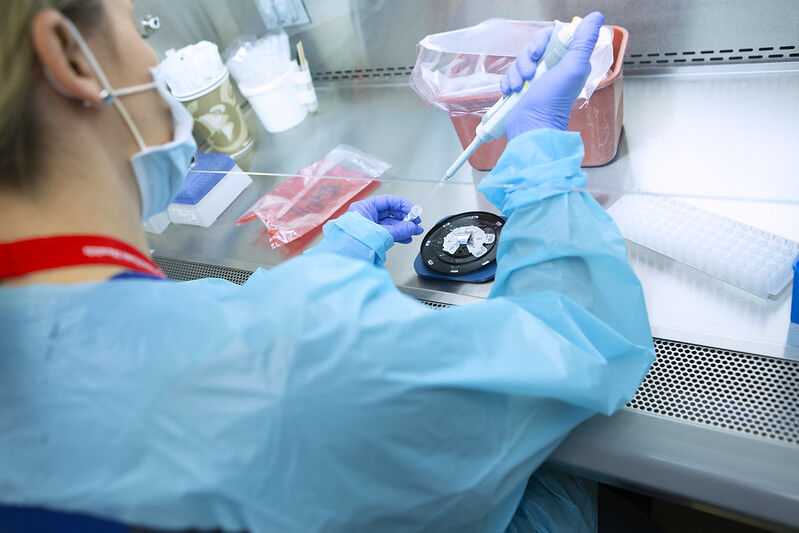Editorial: ISU needs to be more transparent
The ISD Editorial Board argues that the university needs to improve its transparency in reporting positive cases.
August 30, 2020
Iowa State University is testing individuals for COVID-19 and releasing the results but with a catch. These numbers are only updated weekly, and only those who show symptoms are being tested on campus.
The data the university is including in those updates are from the testing conducted at the Thielen Student Health Center and the results from the athletic department. The testing is of students, faculty and staff who are symptomatic or have been exposed to someone who tested positive.
An individual seeking testing at the Thielen Student Health Center must display COVID-19 symptoms “consistent with Centers for Disease Control and Prevention (CDC) criteria.” A pre-screening questionnaire must be filled out to “help determine whether they need to be tested.” Students and employees notified through contact tracing will also be tested.
Students living in residence halls are required to be tested. It’s understandable that not all students would be required to as the university is following CDC guidelines on congregate housing.
Starting with who is being tested, some may be wondering why certain individuals are being turned down for testing on campus. Limited resource availability of testing supplies and the accuracy of tests were taken into consideration.
If the university didn’t have enough resources for testing, then why are students, faculty and staff back on campus?
No matter who is being tested on- or off-campus, the numbers should be released more often and should include the self-reports. It can take labs up to 24 hours to obtain results. It may take longer than that, but the university could still release the results they do know of every 24 hours.
The university is collecting the data of COVID-19 self-reports through a form, but those numbers aren’t in the weekly updates, which presents an inaccurate evaluation of the COVID-19 situation here at Iowa State.
Since they are receiving the numbers, it seems like it would be pretty easy to communicate and report them to the public, along with the results found from on-campus testing.
Reporting the self-reported results and reporting all known numbers more often won’t solve all the missing answers, as not everyone who gets tested off-campus is telling the university their results.
There are safety guidelines for COVID-19 for students, faculty and staff, such as requiring face coverings in university buildings and outdoors when social distancing is limited. It would also be helpful to know the full case numbers to know the severity of the positivity rate.
The university’s cumulative positivity percentage from the 10,683 tests that occurred from July 1 to Aug. 23 is 3.4 percent. Of the 957 students, faculty and staff tested on campus during the first week of classes — Aug. 17 to Aug. 23 — 130 positive cases were discovered. That makes for a 13.6 percent positivity rate from just the first week.
As of Aug. 24, 204 positive individuals were still within their 10-day isolation period, as defined by the CDC. Individuals who have come into close contact with a known positive case have to quarantine for 14 days. As of Aug. 24, 385 individuals were still in their quarantine, with 31 of them in on-campus housing for their quarantine period.
To some, these numbers may be concerning, while to others, they’re “not that bad.” It’s hard to judge how to feel about the positive cases because numbers are being left in the dark.
Iowa State University needs to be more transparent about the current COVID-19 situation on campus.
Where are the self-reports from off-campus testing? Why do we have to wait a week for an update? What’s the true positivity rate?
Why are we even back on campus when so many questions remain unanswered?







